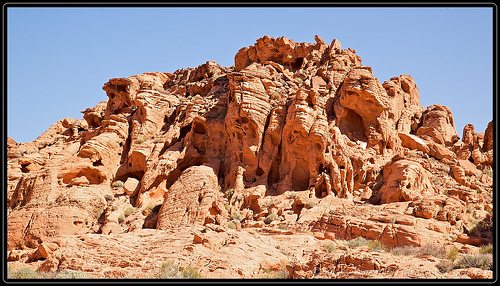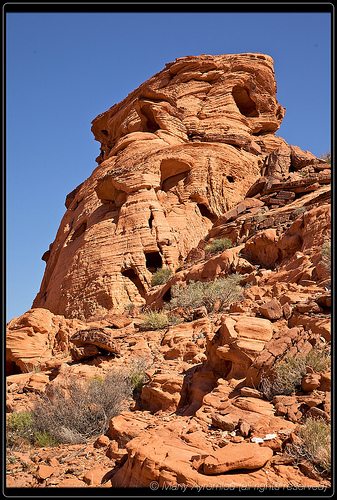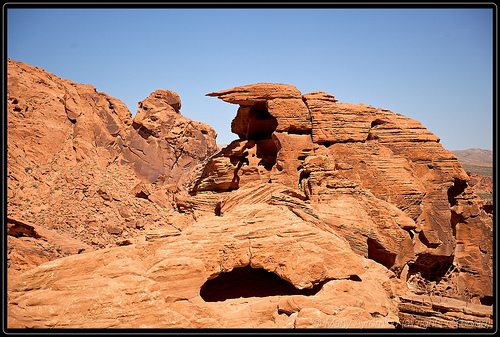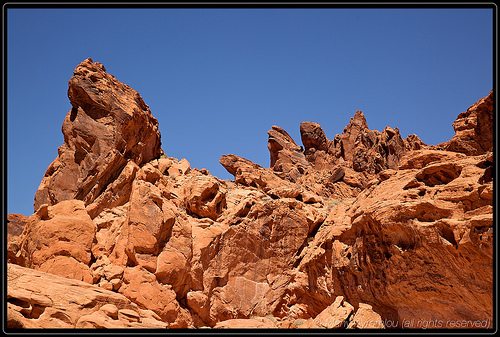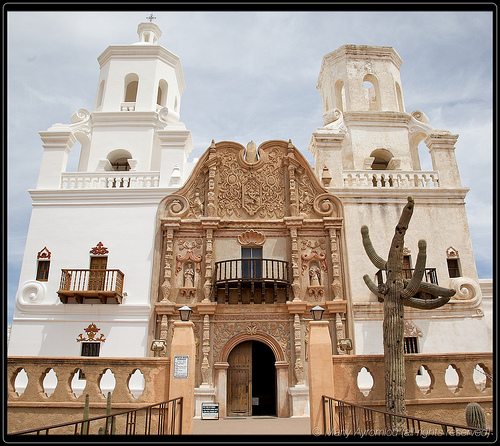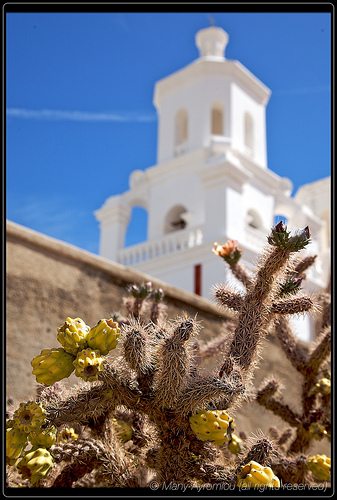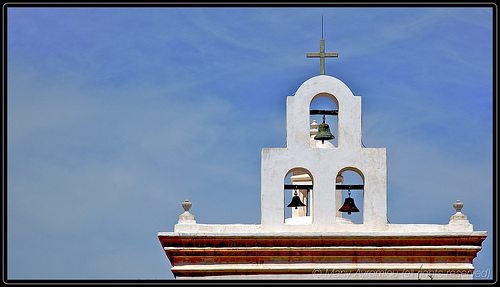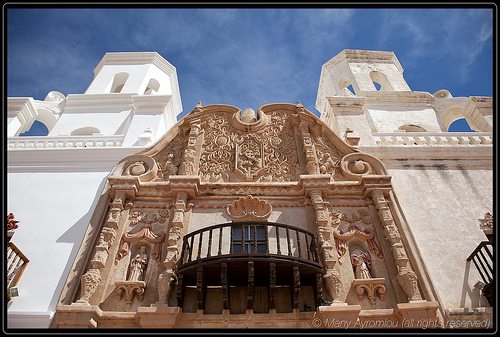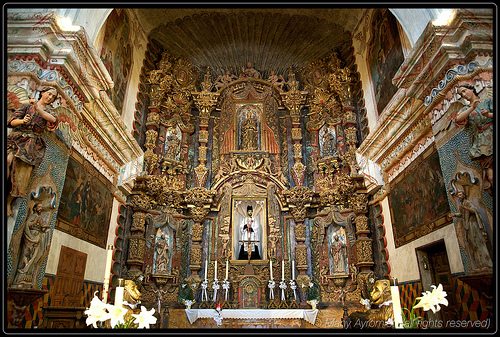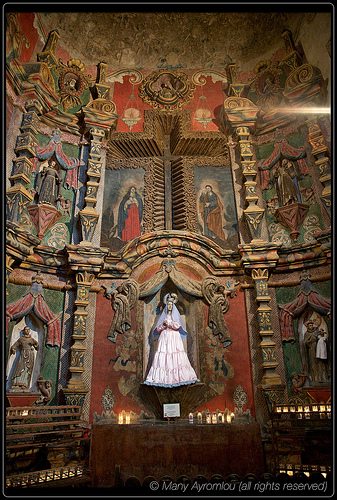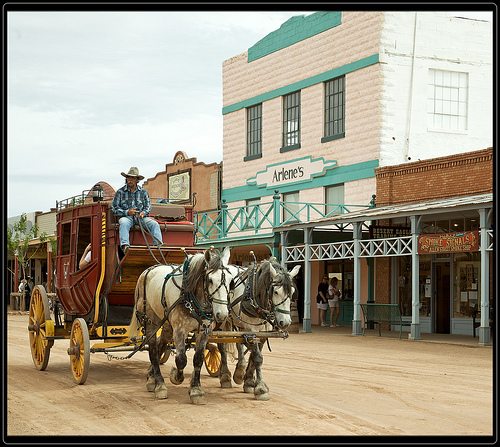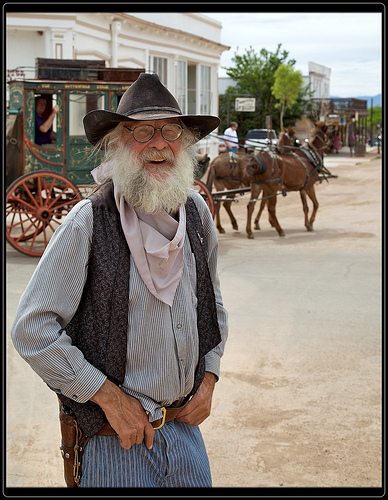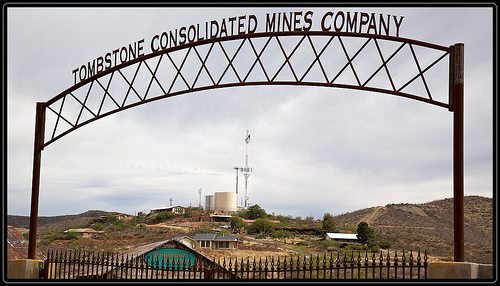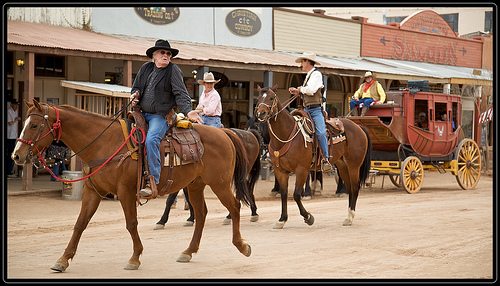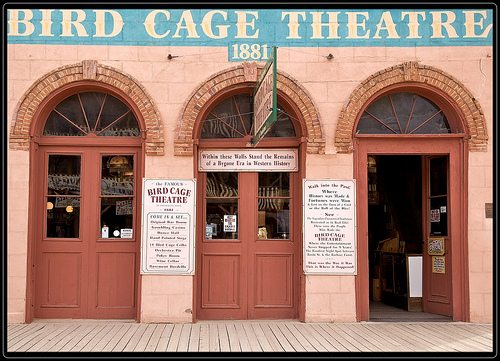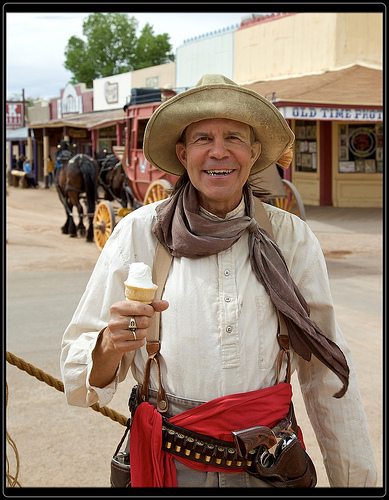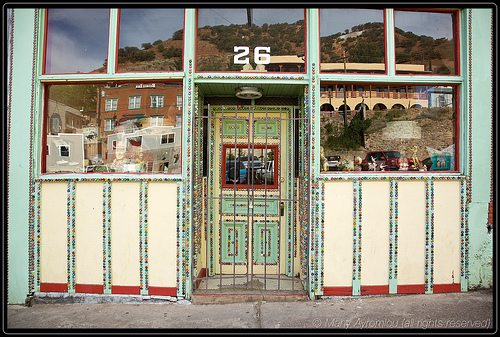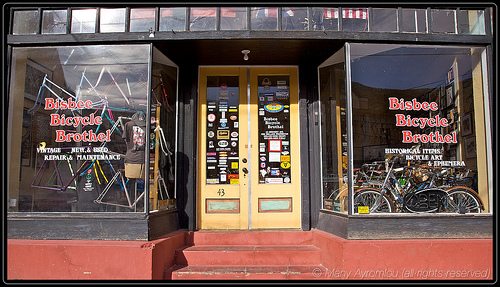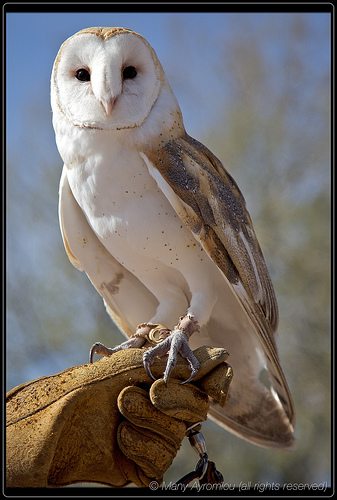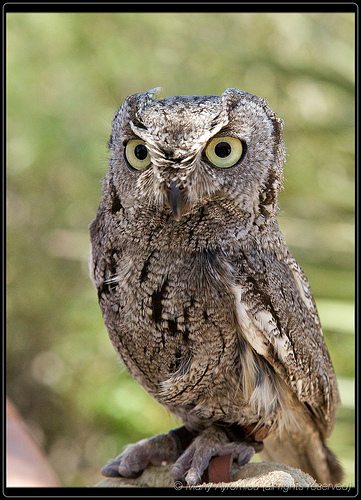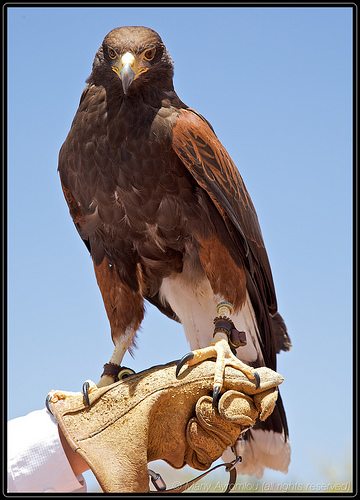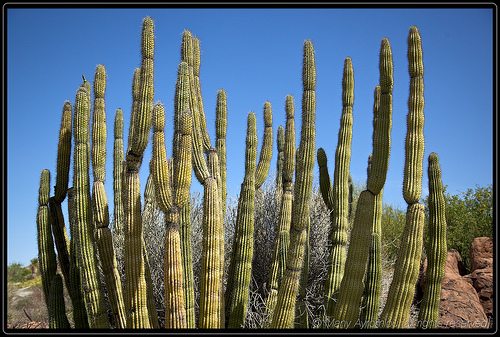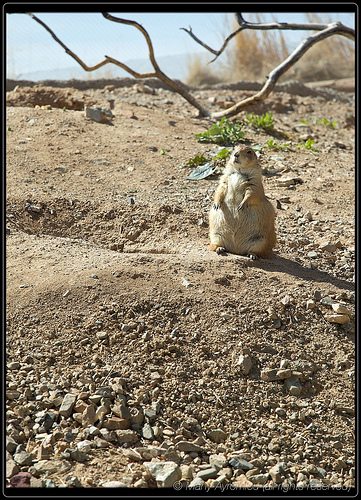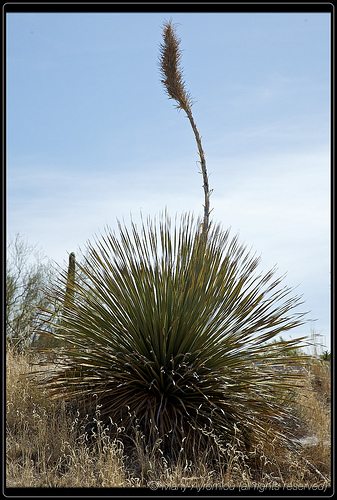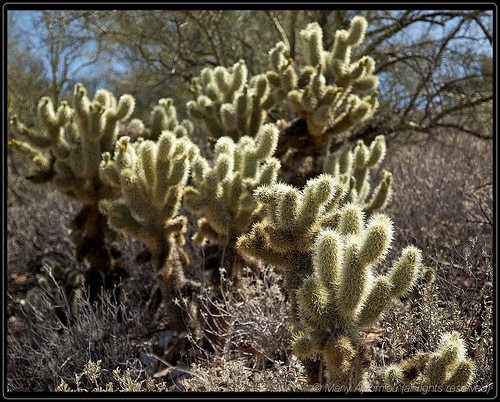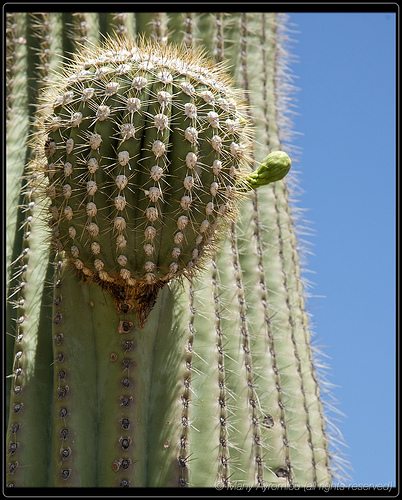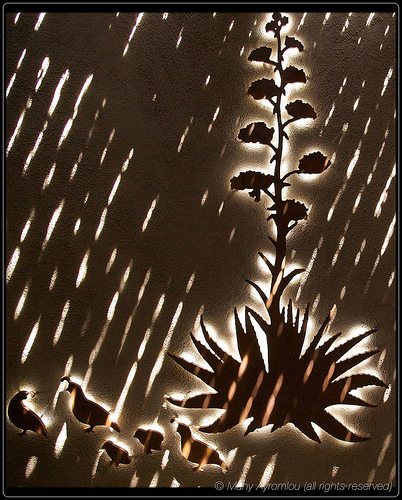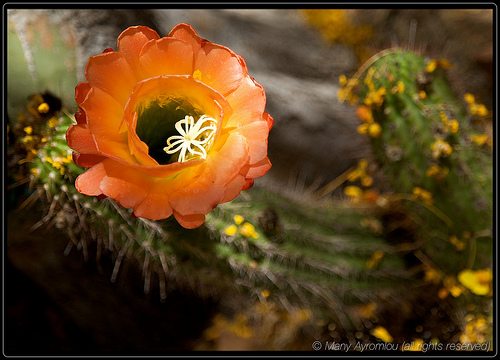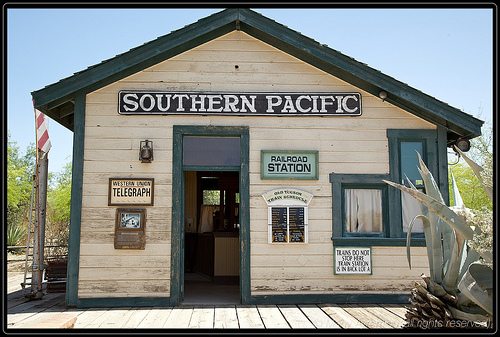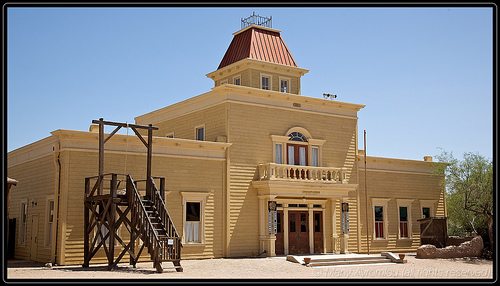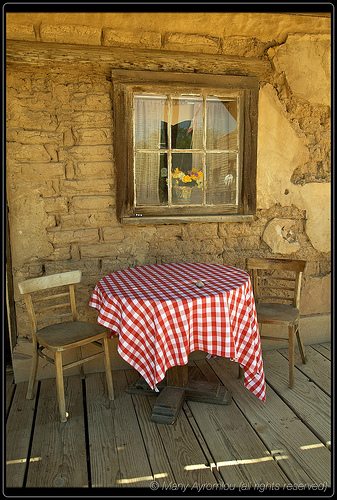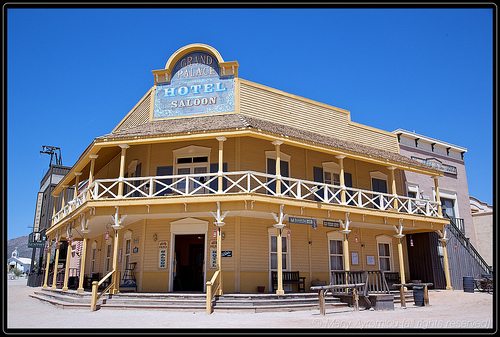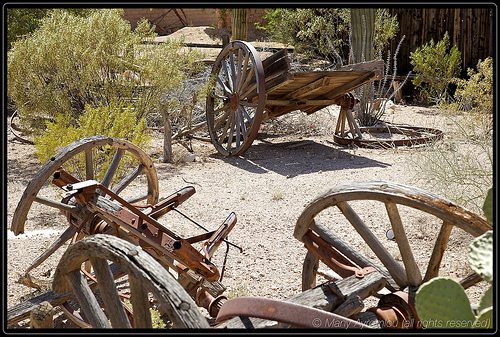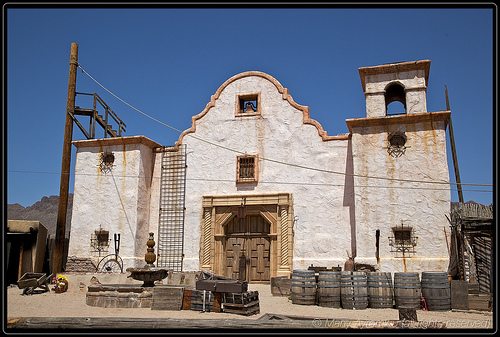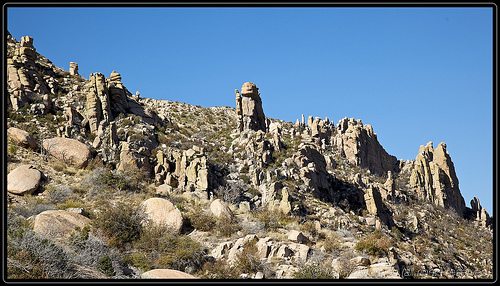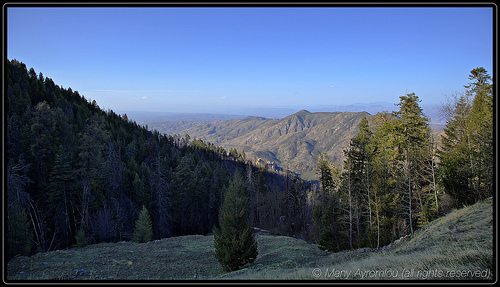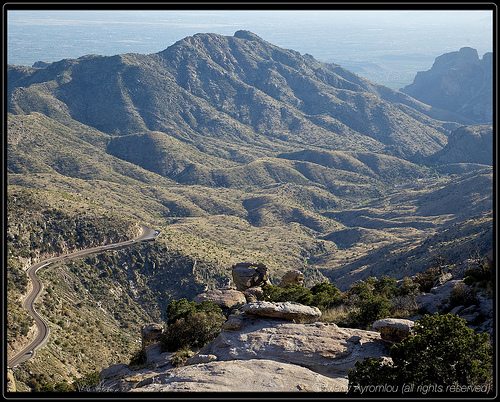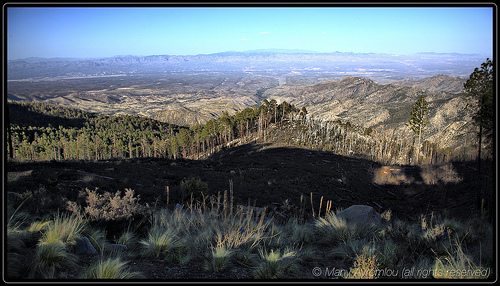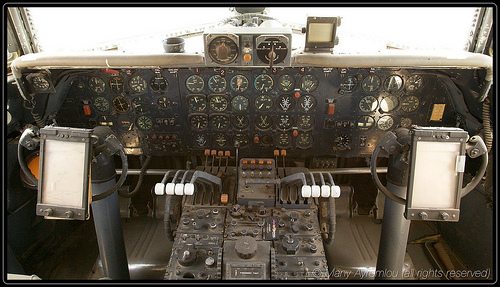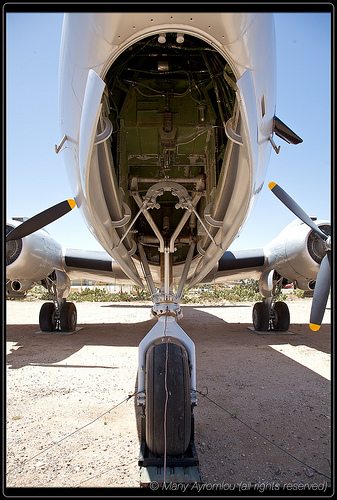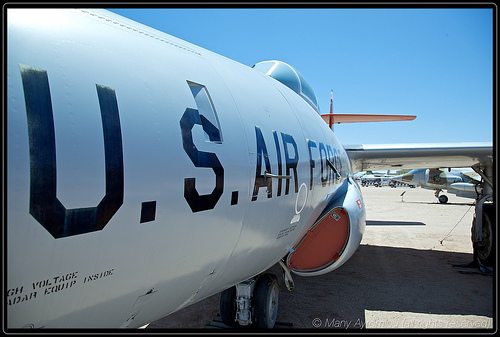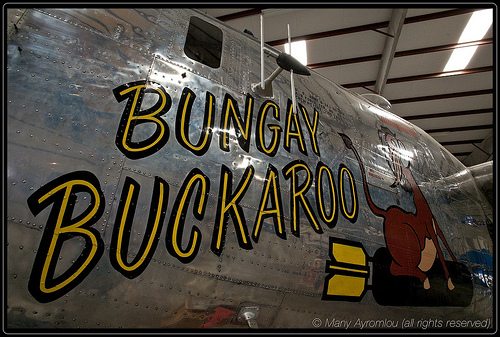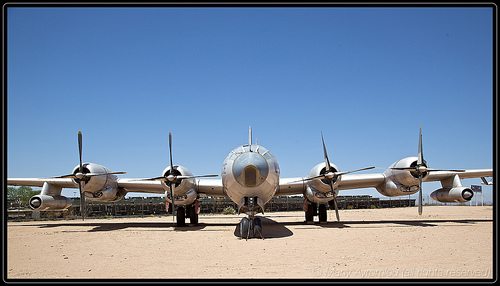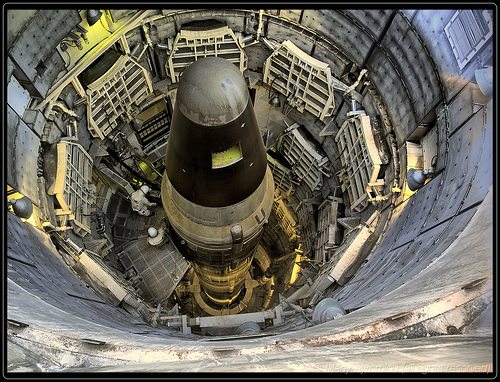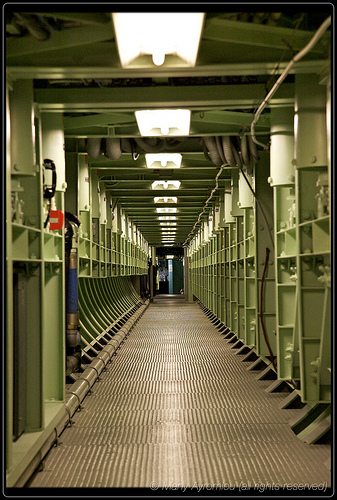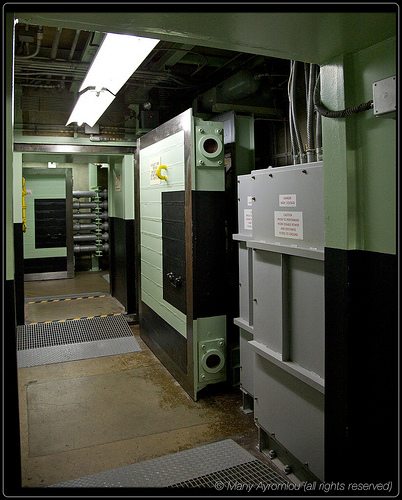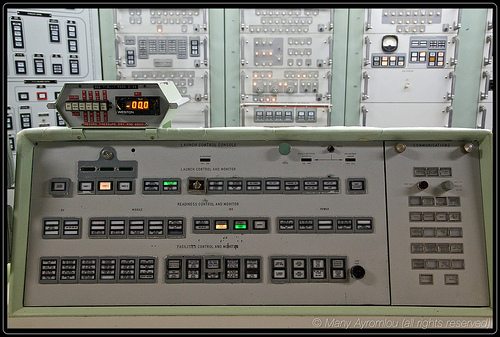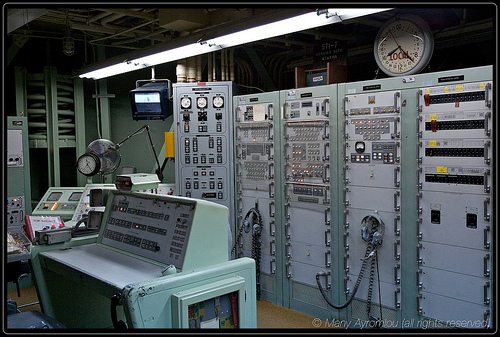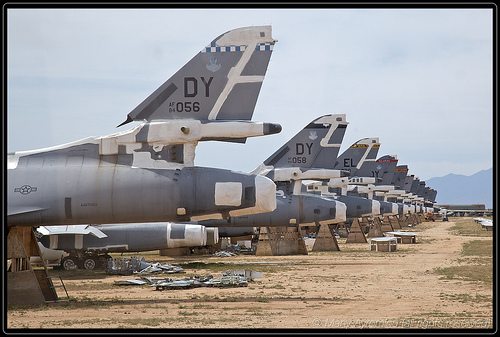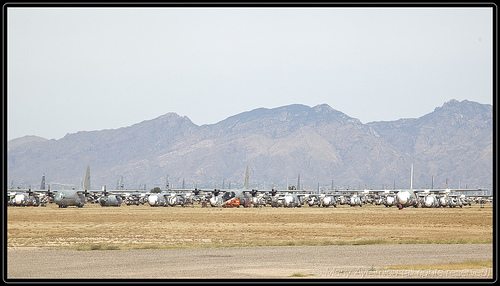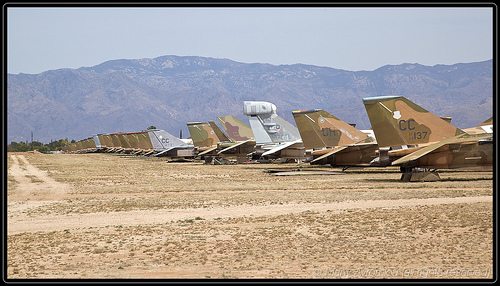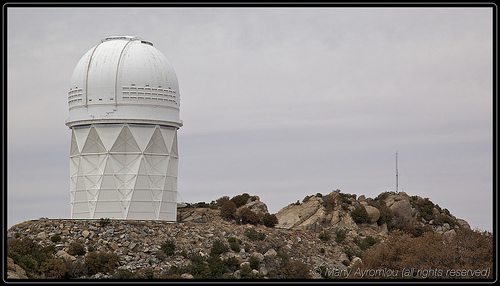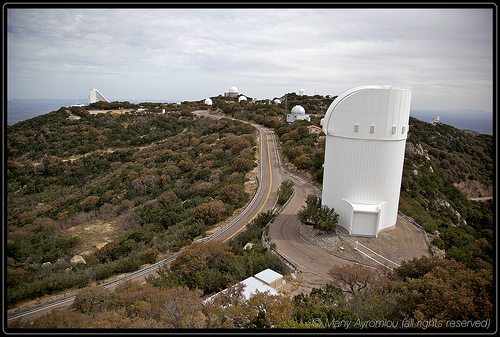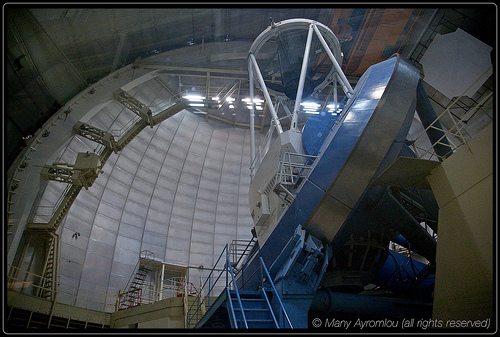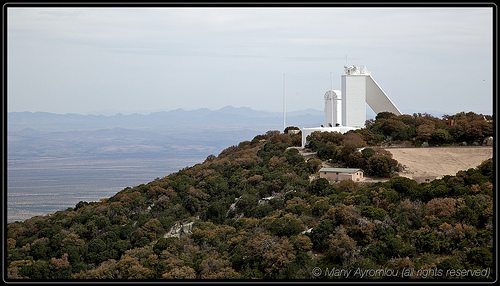Our NAB (National Association of Broadcasters) trip this year started with a pre-trip to Valley of Fire State Park on Sunday, April 19th. Valley of Fire State Park is Nevada’s oldest State Park. It covers an area of 34,880 acres (141 km²) and was dedicated in 1935.
The Park is located 50 miles (80 km) northeast of Las Vegas, at an elevation of between 2,000 and 2,600 feet (610 and 790 m). It abuts the Lake Mead National Recreation Area at the Virgin River confluence. It lies in a basin 4 miles (6 km) wide by 6 miles (10 km) long, 15 miles (24 km) southwest of Clark County, Nevada. The rough floor and jagged walls of the park contain brilliant formations of eroded sandstone and sand dunes more than 150 million years old. These features, which are the centerpiece of the park’s attractions, often appear to be on fire when reflecting the sun’s rays.
The Valley of Fire derives its name from red sandstone formations, formed from great shifting sand dunes during the age of dinosaurs. Complex uplifting and faulting of the region, followed by extensive erosion, have created the present landscape.
On Thursday (April 23rd), upon completing NAB, we took a short flight to Tucson, AZ and used it as our starting point to a couple of trips to nearby attractions. Friday morning we started at San Xavier del Bac Mission near the Airport.
Mission San Xavier del Bac is a historic Spanish Catholic mission located about 10 miles (16 km) south of downtown Tucson, Arizona on the Tohono O’odham San Xavier Indian Reservation. Named for a pioneering Christian missionary and co-founder of the Society of Jesus (Jesuit Order), the Mission is also known as the “place where the water appears” as the Santa Cruz River (which runs underground) surfaces nearby. The Mission is situated in the center of a centuries-old Indian settlement of the Tohono O’odham (formerly known as Papago), located along the banks of the Santa Cruz River.
The mission was founded in 1699 by the Jesuit missionary Eusebio Francisco Kino, who often visited and preached in the area. The original mission church, located about two miles (3 km) away, was vulnerable to Apache attacks who finally destroyed it in about 1770. Charles III of Spain banned all Jesuits from Spanish lands in the Americas in 1767 because of his distrust of the Jesuits. From this time on, San Xavier mission was led by the more pliable and “reliable” Franciscans. The present building was constructed under the direction of Franciscan Fathers Juan Bautista Velderrain and Juan Bautista Llorenz mainly with native labor working from 1783-1797 with a loan of 7,000 pesos and serves the Catholics of the San Xavier District of Tohono O’odham Nation. Unlike the other Spanish missions in Arizona, San Xavier is still actively served by Franciscans, and still serves the Native community by which it was built. The San Xavier church and its Indian converts were protected from Apache raids by the presidio of Tucson, established in 1775.
Outside, San Xavier has a white, Moorish-inspired design, elegant and simple, with an ornately decorated entrance. No records of the architect, builders, craftsmen and artisans responsible for creating and decorating it are known. Most of the labor was provided by the local Indians, and many believe they provided most or all of the artisans as well. Visitors entering the massive, carved mesquite-wood doors of San Xavier are often struck by the coolness of the interior, and the dazzling colors of the paintings, carvings, frescoes and statues. The interior is richly decorated with ornaments showing a mixture of New Spain and Native American artistic motifs.
The floor plan of the church resembles the classic Latin cross. The main aisle is separated from the sanctuary by the transept or cross aisle, with chapels at either end. The dome above the transept is 52 feet (16 m) high supported by arches and squinches. At least three different artists painted the artwork inside the church. It is considered by many to be the finest example of Spanish mission architecture in the United States.
We continued our day by visiting Tombstone, a city in Cochise County, Arizona, United States, founded in 1879 by Ed Schieffelin in what was then the Arizona Territory. In the summer of 1877 prospector Ed Schieffelin was working the hills east of the San Pedro River in the southeast portion of the Arizona Territory, when he came across a vein of very rich silver ore in a high plateau called Goose Flats. When Schieffelin filed his mining claim he named it “The Tombstone”, after a warning given him by a passing soldier. While telling the soldier about his rock collecting experiences, the soldier told him that the only rock he was likely to collect among the waterless hills and warring Apaches of the area would be his own tombstone.
The town of Tombstone was founded in 1879, taking its name from the mining claim, and soon became a boomtown. Fueled by mineral wealth, Tombstone was a city of 1000 by the beginning of 1881, and within another year Tombstone had become the seat of a new county (Cochise County) with a population between 5,000 and 15,000, and services including refrigeration (with ice cream and later even ice skating), running water, telegraph and limited telephone service. Capitalists and businessmen moved in from the eastern U.S. Mining was carried out by immigrants from Europe, chiefly Ireland and Germany. An extensive service industry (laundry, construction, restaurants, hotels, etc.) was provided by Chinese and other immigrants.
Without railroad access the increasingly sophisticated Tombstone was relatively isolated, deep in a Federal territory that was largely unpopulated desert and wilderness. Tombstone and its surrounding countryside also became known as one of the deadliest regions in the West. Uncivilized southern gangs from the surrounding countryside, known as “cow-boys”, were at odds with the northern capitalists and immigrant miners who ran the city and mines. On October 26, 1881 this situation famously exploded in the Gunfight at the O.K. Corral, leading to a continued family and political feud that resulted in multiple deaths.
On December 25, 1881 the Bird Cage Theater opened, and in 1882 the New York Times reported that “the Bird Cage Theatre is the wildest, wickedest night spot between Basin Street and the Barbary Coast.” Since Tombstone was in the desert, a company built a pipeline to supply the town with water. No sooner was this pipeline built than Tombstone’s silver mines struck water.
As a result of relative lack of water and quick wooden construction, Tombstone experienced major fires in June 1881 and May 1882. The second fire was particularly destructive and signaled the end of the classic old boomtown mining city. After the mid-1880s, when the silver mines had been tapped out, the main pump failed, causing many mines to be flooded with deep groundwater, and Tombstone declined rapidly.
We finished our first day in Bisbee, AZ. Bisbee was founded as a copper, gold, and silver mining town in 1880, and named in honor of Judge DeWitt Bisbee, one of the financial backers of the adjacent Copper Queen Mine. In 1929, the county seat was moved from Tombstone, Arizona to Bisbee, where it remains. A syndicated television series which aired from 1956-1958, Sheriff of Cochise starring John Bromfield, was filmed in Bisbee.
On Saturday April 25th, we visited the Arizona Sonora Desert Museum in the early morning. The Arizona-Sonora Desert Museum is one of the most visited attractions in Tucson, Arizona. Founded in 1952, it combines the attractions of a zoo, museum, and botanical garden.
Its focus is the plants and animals that live in the Sonoran Desert, and it was a pioneer in the creation of naturalistic enclosures for its animals. The Center for Sonoran Desert Studies, founded in 2005, conducts the educational and scientific functions of the Museum and is a hub for research, education and conservation of the Sonoran Desert. Over 500,000 people visit the museum each year.
One of the most interesting things about the desert museum is the people who work there, particularly the youth volunteers. The Junior Docents of the Arizona Sonora Desert Museum are some of the most generous and hardworking teenagers the United States have ever seen. Each Junior Docent gives up one day out of their weekend to volunteer at the museum and present certain Sonoran Desert-related kits and animals to the visitors of the museum.
The ASDM was created by William Carr and Arthur Pack as one of the first naturalistic zoos in the United States.
We then went to the nearby Old Tucson Museum. Old Tucson Studios is a movie studio and theme park just west of Tucson, Arizona, adjacent to the Tucson Mountains and close to the western portion of Saguaro National Park. Built in 1939 for the movie Arizona, the studio was opened to the public in 1961. Old Tucson Studios was originally built in 1938 by Columbia Pictures on a Pima County-owned site as a replica of 1860s Tucson for the movie Arizona, starring William Holden and Jean Arthur. Workers built more than 50 buildings in 40 days.
Many of those structures are still standing. After Arizona completed filming, the location lay dormant for several years, until the filming of The Bells of St. Mary’s (1945), starring Bing Crosby and Ingrid Bergman. Other early movies filmed on this set included The Last Round-Up (1947) with Gene Autry and Winchester ’73 (1950) with James Stewart and The Last Outpost with Ronald Reagan. The 1950s saw the filming of Gunfight at the OK Corral (1959), The Lone Ranger and the Lost City of Gold (1967), and Cimarron (1959) among others.
In 1959, entrepreneur Robert Shelton leased the property from Pima County and began to restore the aging facility. Old Tucson Studios re-opened in 1960, as both a film studio and a theme park. The park grew building by building with each movie filmed on its dusty streets. John Wayne starred in four movies at Old Tucson Studios. Rio Bravo (1959) added a saloon, bank building and doctor’s office; McLintock! (1963) added the McLintock Hotel; El Dorado (1967) brought a renovation of the storefronts on Front Street; and with Rio Lobo (1970) came a cantina, a granite-lined creek, a jail and a ranch house.
In 1968, a 13,000 square foot (1,208 square meter) soundstage was built to give Old Tucson Studios greater movie-making versatility. The first film to use the soundstage was Young Billy Young (1968), starring Robert Mitchum and Angie Dickinson. The park also began adding tours, rides and shows for the entertainment of visitors, most notably gunfights staged in the “streets” by stunt performers. Old Tucson served as an ideal location for shooting scenes for TV series like NBC’s “High Chaparral” (1967-1971) where the ranch house survived the 1995 fire: Little House on the Prairie, and later Father Murphy, featuring Merlin Olsen and “Petrocelli”. Three Amigos was a popular comedy shot there in the 80s, utilizing the church set. From 1989 to 1992 the show The Young Riders filmed here and at the Mescal sister site. The main street appears prominently in 1990s westerns such as Tombstone and The Quick and the Dead. A partial mirror set exists at Mescal,AZ and featured in scenes particularly used for “Tombstone”.
On April 25, 1995, a fire destroyed much of Old Tucson Studios. Buildings, costumes and memorabilia were lost in the blaze. The origin of the fire is still not known. Most suspect that arson was the cause, however, several factors contributed to the degree of devastation. Fire control efforts were hampered by high winds. A 25,000 gallon water reserve was inaccessible and water had to be brought in from areas up to 40 miles away. Most of the buildings in the studio were classified as “Temporary Structures,” meaning fire prevention devices such as sprinklers were not required. Liquid propane and gunpowder stored near the fire area demanded the attention of firefighters and much of the scarce water supply.
So much water was used in the attempt to prevent an explosion that the surrounding areas became flooded, further impeding the firefighters as they attempted to wade through the mud. When the fire began, 300 guests and employees were forced to evacuate the park. After approximately four hours, the flames were finally extinguished. Damages were estimated to be in excess of $10 million, with 25 buildings destroyed including the sound stage. Among the memorabilia destroyed was the wardrobe from Little House on the Prairie.
After 20 months of reconstruction, Old Tucson re-opened its doors on January 2, 1997. The sets that were lost were not recreated; instead, entirely new buildings were constructed, and the streets were widened. The soundstage was not rebuilt. In 2003, Old Tucson reduced its hours of operation, opening from 10am to 4pm. Focusing on seasonal events, Old Tucson hosts the popular Nightfall event for Halloween which runs through the month of October, Wednesday through Sunday nights.
Sadly, since the fire, Old Tucson has never been able to regain the glory it had in its heyday. It is still an alluring tourist attraction, especially for Western movie buffs, but is no comparison to something such as Disneyland. It is important to note that the entertainment is generally the greatest part of visiting, whether through the historical tours about the movies filmed there, or the valiant efforts of the live cast with their stunt shows and shoot outs.
To finish the day we drove up to Mount Lemmon along the Catalina Highway, but we got there 20 minutes late and the Pub at the top was closed (again). Catalina Highway spans the 40 mile distance from the Sonoran Desert floor in Tucson to the village of Summerhaven near the top of Mount Lemmon in the Santa Catalina Mountains north of Tucson. The Catalina Highway is also known as the General Hitchcock Highway in honor of Taft administration Postmaster General Frank Harris Hitchcock who served from 1909 to 1913 and was instrumental in bringing together the elements necessary to construct this piece of highway.
The roadway rises from about 3,000’ above sea level to approximately 9,100’. Work was begun on the roadway in 1933 using prison workers housed in a federal prison camp located at the base of the Santa Catalina Mountains for the purpose. It was finally completed in 1950. It is the only paved highway to the upper reaches of the Santa Catalina Mountains. It was recently designated as one of America’s National Scenic Byways and named the “Sky Island Scenic Byway”. Recent improvements following the Aspen Fire in 2003 have made the trip an easy “Sunday Drive” for residents of Tucson seeking to escape the summer heat of the desert.
In under an hour, this scenic drive from Tucson leaves the saguaro cacti, mesquite trees, and cholla plants of the Sonoran Desert, passes through stands of oak, juniper, and pinyon pine, enters pine forests at about 7,000 feet, then fir and aspen on the cooler, north-facing slopes above 8,000 feet. With some humor the trip has sometimes been referred to as a drive from Mexico to Canada in less than an hour.
The beautiful, curving road is a favorite drive for tourists, for locals escaping summer’s heat, and for motorcyclists. The highway has been improved recently. Following this improvement the speed limit was reduced to 35 MPH (56 km/h) for most of the road up the mountain.
On Sunday we visited the Pima Air and Space Museum. The Pima Air and Space Museum in Tucson, Arizona, is the world’s largest non-government funded aerospace museum. The museum was opened to the public in May 1976 with 75 aircraft on display. It now contains a collection with over 250 aircraft occupying 80 acres (320,000 m²) of land. The entire museum property covers about 150 acres (610,000 m²).
The museum houses a major exhibit dedicated to the 390th Bomb Group in its own building, and to the 330th Bomb Group in Hangar 4. The first hangar has a plane, which tourists can go into, mock-ups of a control tower, one WWI plane, an unknown plane, & a desert storm F/A-18 flight simulator. The second half of the hangar has an SR-71 Blackbird, an A-10 Warthog, a hall of fame, the air force through the years, & a few other planes.
We followed it with a visit to Titan Missile Museum. The Titan Missile Museum, also known as Air Force Facility Missile Site 8 or as Titan II ICBM Site 571-7, is a former ICBM missile site located at 1580 West Duval Mine Road, Sahuarita, Arizona. It is located roughly 12 mi (20 km) south of Tucson. It is now a museum run by the nonprofit Arizona Aerospace Foundation which includes a Titan II intercontinental ballistic missile still in its silo as well as the original launch facilities. It was declared a National Historic Landmark in 1994.
The Titan II was the largest operational land based nuclear missile ever used by the United States. The missile had one W53 warhead with a yield of 9 Megatons (9,000 kilotons).
The facility’s highest state of alert was November 22, 1963, when President John F. Kennedy was shot. When news of the shooting broke, the keys used to launch the missile were ordered to be placed on the tables at the launch consoles to prepare for a possible launch. The Pentagon did not yet know whether the Soviet Union had committed an act of war. The keys were not, however, placed in their switches.
At launch, orders from the National Command Authority would have specified one of three pre-programmed targets which, for security reasons, were unknown to the crew. The missile base that is now the Titan Missile Museum (complex 571-7 of the 390th Strategic Missile Wing) was at the time of closure, programmed to strike “Target Two”. The missiles computer could hold up to three targets, and the target selected was determined by Strategic Air Command headquarters. To change the selected target, the crew commander pressed the appropriate button on the launch console. Target 2, classified to this day, was assumed to be within the borders of the former Soviet Union, was designated as an impact blast, suggesting a hardened facility such as a Soviet missile base. Targets could be selected for air or ground burst, but the selection was determined by Strategic Air Command.
On our last day, monday, we took a bus tour of the Aircraft Boneyard. The 309th Aerospace Maintenance and Regeneration Group (AMARG), often called The Boneyard, is a United States Air Force aircraft storage and maintenance facility in Tucson, Arizona, located on Davis-Monthan Air Force Base. AMARG was previously Aerospace Maintenance and Regeneration Center, AMARC, and before that the Military Aircraft Storage and Disposal Center, MASDC.
It takes care of more than 4,400 aircraft, including 700 F-4 Phantom IIs, whose total original purchase price is estimated at $27 billion. An Air Force Material Command unit, the group is under the command of the 309th Maintenance Wing of Hill Air Force Base, Utah. AMARG was originally meant to store excess Department of Defense and Coast Guard aircraft, but has in recent years been designated the sole repository of out-of-service aircraft from all branches of the US government.
We spent the monday afternoon visiting the Kitt Peak National Observatory. The Kitt Peak National Observatory (KPNO) is a United States astronomical observatory located on 2,096 m (6,880 ft) Kitt Peak of the Quinlan Mountains in the Arizona-Sonoran Desert on the Tohono O’odham Nation, 88 kilometers (55 miles) southwest of Tucson. The observatory is considered to be part of the National Optical Astronomy Observatory (NOAO), although some of the telescopes located here, like those at the MDM Observatory, belong to other groups such as the University of Arizona’s Steward Observatory. With 23 telescopes, it is the largest, most diverse gathering of astronomical instruments in the world.
Kitt Peak was selected in 1958 as the site for a national observatory under contract with the National Science Foundation (NSF) and was administered by the Association of Universities for Research in Astronomy. The land was leased from the Tohono O’odham under a perpetual agreement. In 1982 NOAO was formed to consolidate the management of three optical observatories – Kitt Peak, the National Solar Observatory facilities at Kitt Peak and Sacramento Peak, New Mexico, and the Cerro Tololo Inter-American Observatory in Chile.The observatory sites are under lease from the Tohono O’odham Nation at the amount of a quarter dollar per acre yearly, which was overwhelmingly approved by the Council in the 1950s. In 2005, the Tohono O’odham Nation brought suit against the National Science Foundation to stop further construction of gamma ray detectors in the Gardens of the Sacred Tohono O’odham Spirit I’itoi, which are just below the summit.
The principal instruments at KPNO are the Mayall 4 metre telescope; the WIYN 3.5 metre telescope and further 2.1 m, 1.3 m, 0.9 m, and 0.4 m reflecting telescopes. The McMath-Pierce Solar Telescope located on the facilities is the largest solar telescope in the world, and the largest unobstructed reflector (it doesn’t have a secondary mirror in the path of incoming light). The ARO 12m Radio Telescope is also in the location. Kitt Peak is also famous for hosting the first telescope (an old 91 cm reflector) used to search for near-Earth asteroids, and calculating the probability of an impact with planet Earth. The Observatory also runs what it calls the Kitt Peak Advanced Observing Program (AOP) for advanced amateur astronomers.
All in all we spend four fantastic days in Tucson. There was more to do and see, but this was I think some of the best highlights. Arizona now is my second favourite space in U.S. right behind New Mexico. As usual, the entire picture set is here on flickr .

